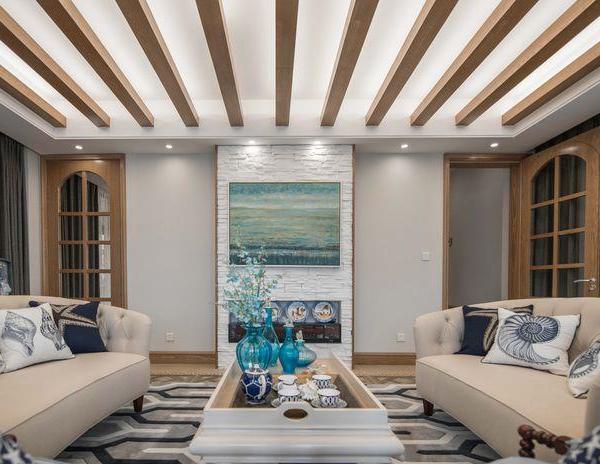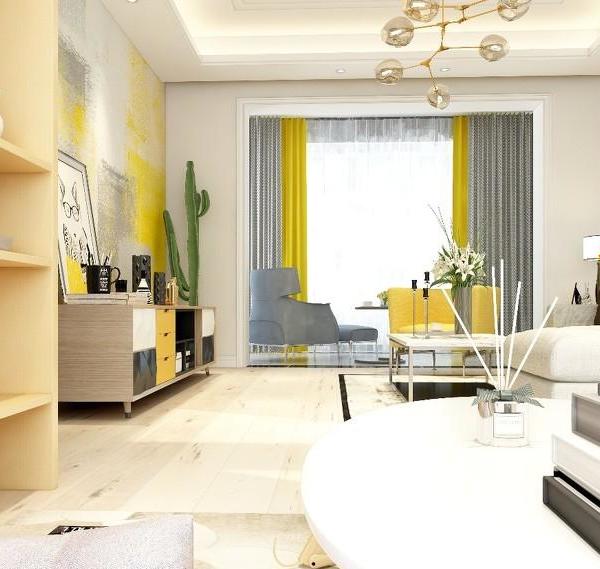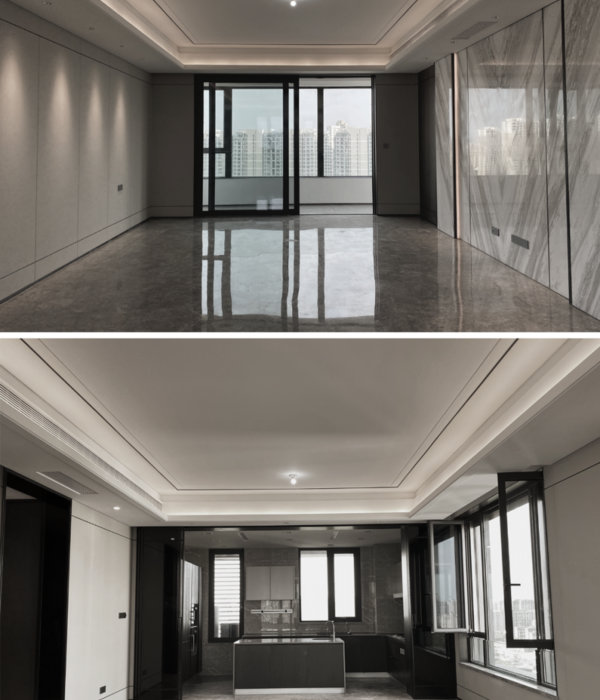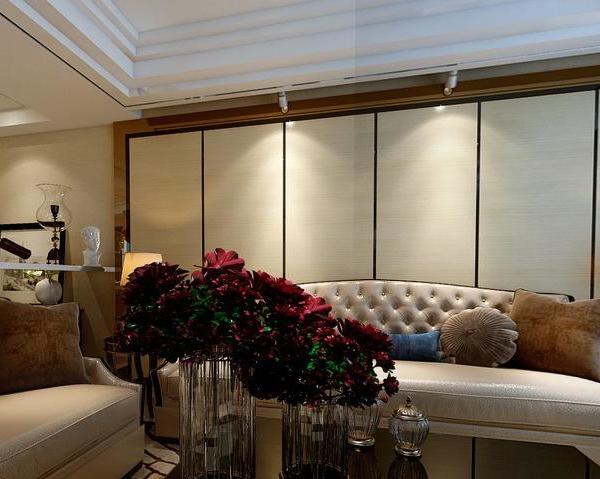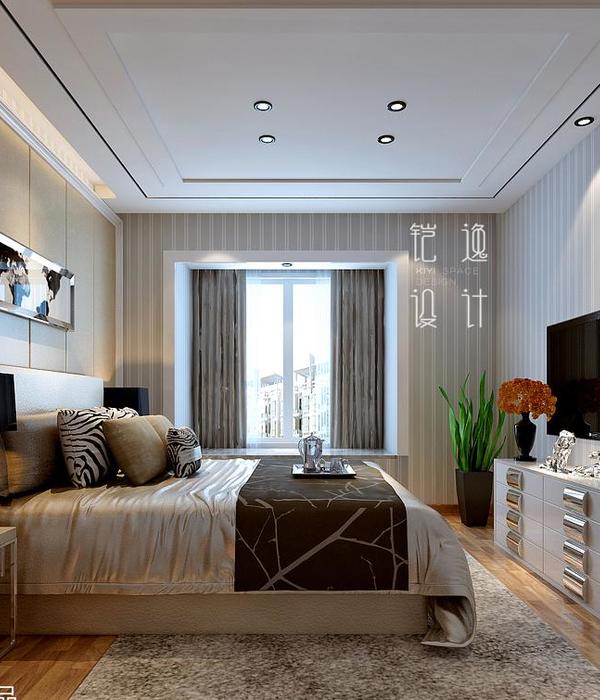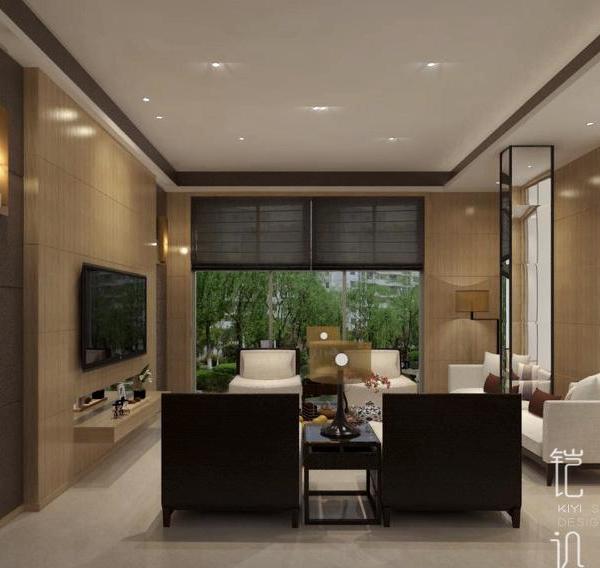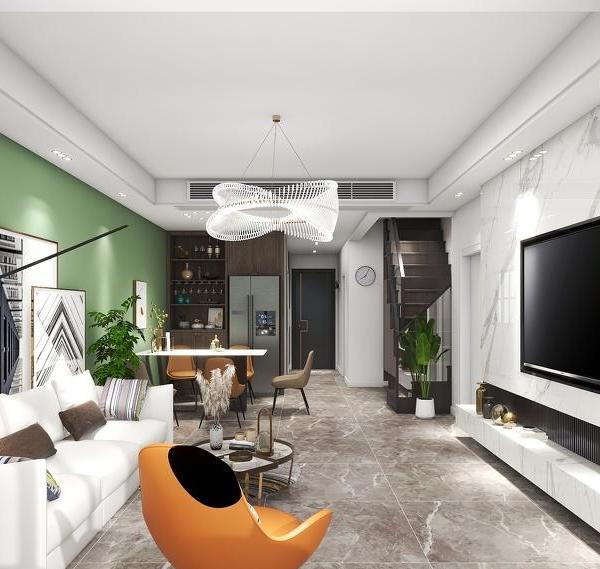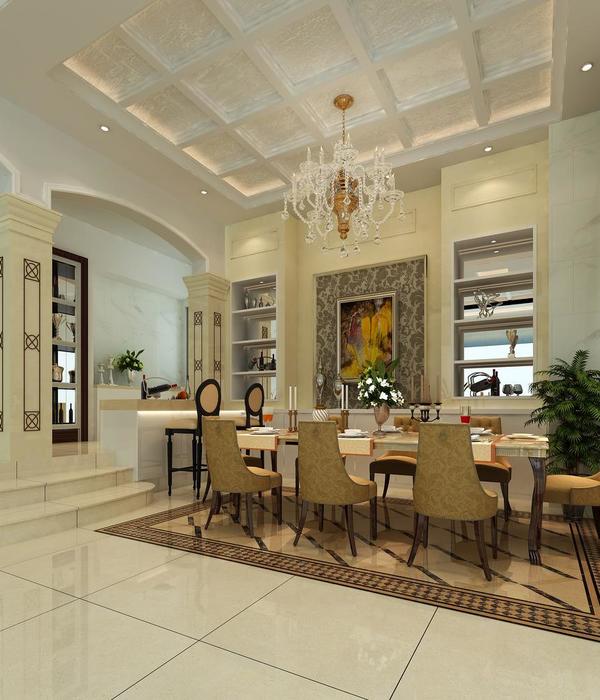该项目坐落在轨道线、Midi运河与Guilhemery桥之间的一个狭窄而混乱的环境中。受场地限制,建筑的临街立面宽约8至9米、深40米。住宅单元向后朝着城市中心景观区拓展延伸并最终与铁路堤岸相接。
Between the railway lines, the Canal du Midi and the Rue du Pont Guilheméry, the project sits within a constricted and confused urban context. With a very narrow street-front facade (8 to 9m wide for a depth of 40m), the site widens towards the rear to open out onto a landscaped area at the centre of the city block, edged to the east by the embankment of the railway lines.
▼临街立面,street-front facade © Philippe Ruault
▼宅单元向与铁路堤岸相接,units connected to the railway embankment © Philippe Ruault
场地内的建筑布局充分考虑了建筑体量的整合及其与现有建筑的关系,空地的使用和安排,以及对林地空间的突出和展示。基于建筑的密度问题以及与界墙的关系,项目团队打造了六座与现有建筑在视觉上保持连续的独立体量。新建筑的宽度与现有山墙对齐,使空间产生了一种具有韵律感的连续性。建筑的特殊朝向使其对相邻建筑的影响降至最小。位于场地后方的最后一座建筑呈梯形,其朝向(或对齐方式)由邻近的建筑和铁路轨道来确定。场地南侧为林区腾出了足够的空间,亦为公寓创造出绝佳视野。
▼场地平面,site plan © ppa • architectures
The arrangement of the buildings within the site replies to the following prerequisites and constants: The incorporation of built volumes and their relationship with the existing. The use and arrangement of the voids created. The highlighting and revealing of the area of listed woodland. The question of density and the relationship with the party walls led us to arrange six individual buildings in visual continuity with the existing built forms, aligning the widths of the new buildings with those of the existing gables, thereby generating a continuity in the rythm of voids. The orientation of the buildings thus defined made it possible to minimise outlook onto the neighbouring buildings. To the rear of the site the last building, trapezoidal in form, picks up the orientations or alinements defined by the adjacent buildings and the railway tracks. A setback of 2m is preserved on the south side to allow space for the listed woodland area and to free up views for the apartments.
▼建筑布局充分考虑了建筑体量的整合及其与现有建筑的关系,the layout of the building fully considers the integration of the building volume and its relationship with the existing building © Philippe Ruault
▼六座与现有建筑在视觉上保持连续的独立体量,six buildings maintain visually continuous independent volumes with the existing buildings © Philippe Ruault
通往六个单元的人行通道根据具体情况和安排而有所不同。A和B街区有开放的底层空间,以便行人和车辆从街道进入街区中心。在C、D、E和F单元,底层空间因受益于中心地带的安静氛围而打造成公寓,而种满植物的堤岸也为底层住户保护了隐私。首层空间还提供了信箱、自行车停车场、健身房等设施。
Pedestrian access to the six units varies depending on situation and arrangement. Blocks A and B have open ground-floors in order to allow for pedestrian and vehicule access to the centre of the block from the street. In units C, D, E and F, the ground-floor apartments benefit from the quiet at the centre of the development. Planted banks accentuate their privacy. The ground floor also houses services: letter-boxes, bike parking, a gym…
▼公共区域种满绿植,common areas are planted with green plants © Philippe Ruault
景观的交替覆盖区、小规模种植区域、种满攀藤植物的界墙新建的围墙,都重塑了图卢兹庭院的概念。同时,这些景观还在公共空间与私人空间之间过渡和划分出了三个区域:一条狭窄的瓶颈状通道,从街道一直向北延伸,并在小区的南部开放。 一个充当居民公共空间的小广场。一座从开阔的土地上扩展出来用于植物种植的花园庭院。这些区域的地面都铺有多种花岗岩和鹅卵石,增强了空间的可居住性。
The landscaping recreates the idea of the Toulouse courtyard, with alternating covered areas and little planted areas, party walls planted with climbers, and existing built walls. It also manages the transition between public, communal and private spaces. Three areas are defined: The alleyway: a narrow passage in the form of a bottle neck, leading from the street to the north and opening up at the centre of the development to the south. The little square: communal space for the residents. The garden or planted courtyard: in open ground, this area extends the area of listed woodland. The ground is paved with a selection of granite cobblestones, reinforcing the residential nature of these spaces.
▼铺有多种花岗岩和鹅卵石的地面,floors paved with a variety of granite and cobblestones © Philippe Ruault
建筑的整体体量是简单而紧凑的,而窗户的布置则使其更显活力。建造技术也依然是传统的混凝土与砖石堆砌。窗户是铝制的,立面和金属制品均为淡色调,以确保在夏季的光度和太阳能增益最小化。临街建筑采用砖砌形式以与周围环境形成呼应。
The overall massing of the buildings is simple and compact, enlivened simply by the arrangement of the windows. The building methods used are traditional: concrete, rendered masonry… The windows are in aluminium. The facades and metalwork are in pale hues to ensure luminosity and minimise solar gain in the summer. The building on the street is dressed in brick in response to the surrounding buildings.
▼种满植物的沿路区域保护了底层住户的隐私,the plant-filled areas along the road protect the privacy of the residents on the ground floor © Philippe Ruault
来自火车和道路交通的噪音污染强度,会根据建筑的朝向和楼层而变化。为了掩盖它们的视觉冲击并使外墙外观均匀化,墙上的通风口必须借助木质外壳或装上百叶窗,来避免对公寓内部的影响。噪音问题并没有真正影响到场地计划的组织。但是,为了避免交通产生的振动传递,地下室要尽量远离铁轨。
Sound pollution from trains and road traffic produces disparate acoustic intensities depending on orientation or level, sometimes quite high. In order to mask their visual impact and homogenise the look of the facades, the necessary openings for ventilation in walls are always incorporated into the casing for the blinds: Either by recessing the blind casing into the depth of the wall opening, which also avoids the impact of the casing inside the apartment; Or with a timber casing. The question of acoustics did not really influence the organisation of the site plan. It was, however, decisive in the positioning of infrastructure with regards the trains. In order to avoid transmission of vibrations, the basement was set back as far as possible from the railway tracks.
▼同一单元的开口都加上了木框,装上了百叶窗,the openings in the same unit were framed and shutters were installed © Philippe Ruault
▼统一的铝制阳台与百叶窗,unified aluminum balcony with blinds © Philippe Ruault
中心区域的建筑多为8到10米深,而那些连接了公路与铁路、包含单向工作室和双面公寓的单元多位于更深的街区。大多数公寓的起居空间都朝向南边,以便获得充足的光线、拥有直面庭院林区的开阔视野,而卧室则通常朝向北方。窗户的类型根据朝向的不同而变化,以便优先考虑和适应建筑外观:朝南房间的窗户都是通高的,它们几乎都与外部空间结合在一起,形成小型阳台、凉廊、露台或顶层单元的屋顶区域。北向的窗户有一个可以确保房间私密性的拱肩。所有窗户的尺寸都能使室内的自然光最大化。
▼朝南房间的窗户都是通高的,the Windows of the room facing south are all full height © Philippe Ruault
▼朝南房型的小型阳台,a small balcony facing south © Philippe Ruault
The buildings at the centre of the block, being not very deep (8 to 10m), favour full-depth typologies. On the other hand, those giving onto the road and railway lines are deeper blocks and contain both single-orientation studios and double-aspect apartments. Most of the apartments have south-facing living areas (living-room/kitchen) to favour natural light and open views towards the woodland area or internal courtyards. On the other side, the bedrooms are generally north-facing. Following this principal, the window types vary according to orientation so as to organise and prioritise outlook: To the south and for the main rooms, the windows are full height. They are nearly all combined with an exterior space in the form of a little balcony, loggia, terrace or rooftop area for certain top-floor units. To the north the windows have a spandrel to ensure privacy for the rooms. The windows are generously dimensioned to maximise natural light.
▼起居空间,the living area © Philippe Ruault
▼各建筑单元平面,plans of each unit © ppa • architectures
▼各住宅单元立面,elevations of each unit © ppa • architectures
▼各住宅单元剖面,sections of each unit © ppa • architectures
{{item.text_origin}}

